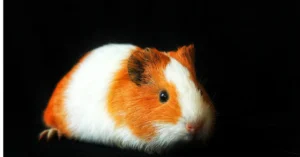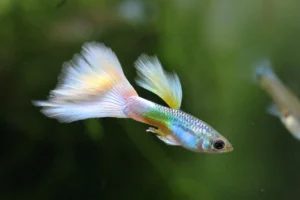History
The history of Guinea Pigs, or Cavia porcellus, is a tale that spans thousands of years and takes us back to the heart of South America. These small, domesticated rodents are not actually pigs, nor are they from Guinea. Instead, they originated in the Andes region of South America, specifically in what is now modern-day Peru, Bolivia, and Ecuador.
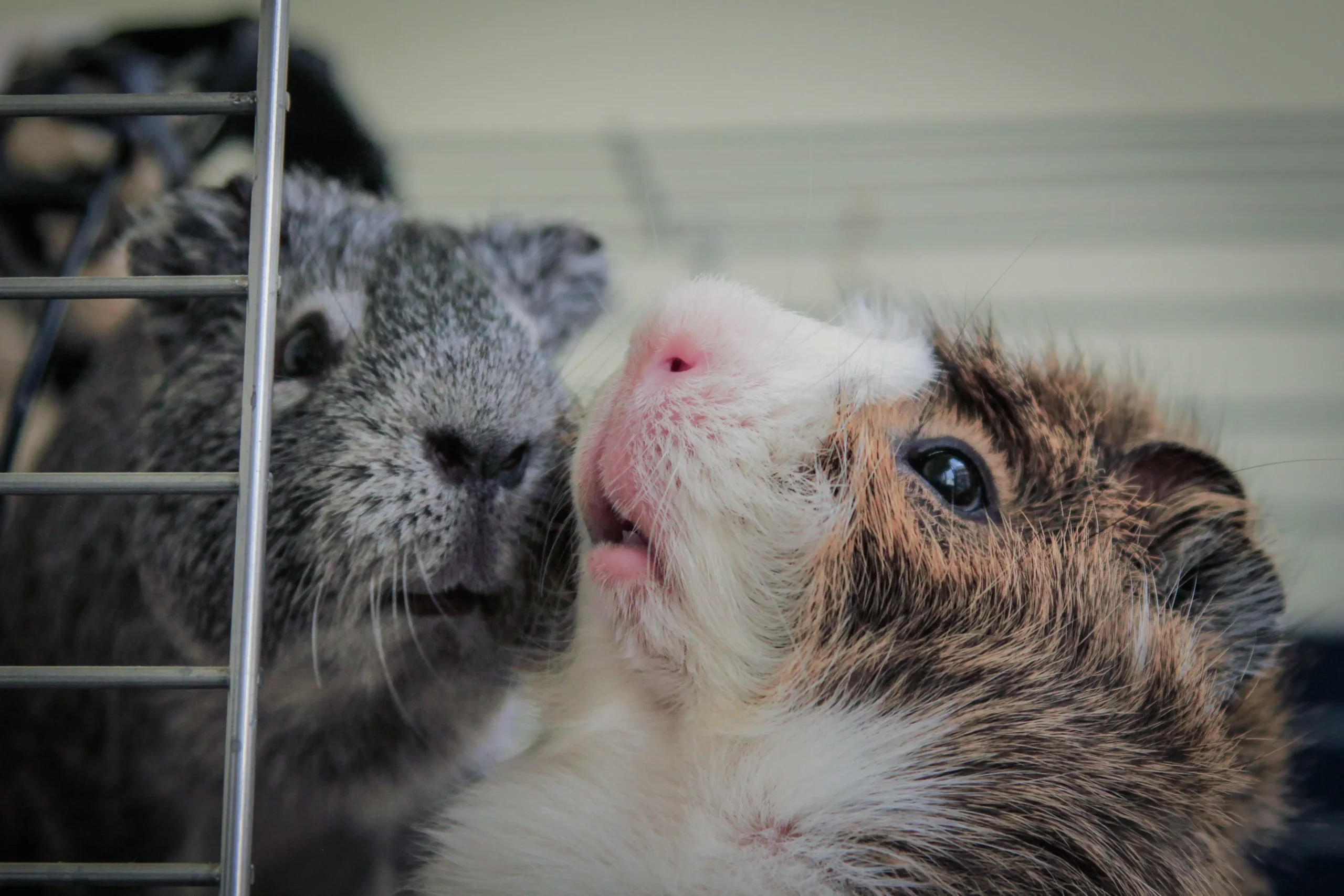
The domestication of Guinea Pigs by indigenous cultures in the Andes dates back over 7,000 years. They were initially kept for their meat, as they provided a reliable source of protein in the diet of these ancient peoples. The Inca civilization, in particular, held Guinea Pigs in high regard and even considered them a form of currency.
With the arrival of Spanish conquistadors in the 16th century, Guinea Pigs were introduced to Europe. They quickly gained popularity as exotic pets among European royalty, with Queen Elizabeth I of England being known for her fondness for these creatures.
Guinea Pigs also played a significant role in scientific research. In the 17th century, the Italian scientist Marcello Malpighi used them in his pioneering studies of anatomy and physiology. They continue to be important research animals in various fields, including genetics and medicine.
Today, Guinea Pigs are beloved pets worldwide, known for their docile nature and charming personalities. They have come a long way from their ancestral roots in the Andes and remain a cherished part of households around the globe.
Guinea Pigs Size
Guinea pigs, or cavies (Cavia porcellus), are small rodents known for their compact size. These charming creatures typically measure between 8 to 10 inches (20 to 25 centimeters) in length and weigh approximately 1.5 to 2.5 pounds (680 to 1134 grams) when fully grown. Their small stature makes them popular pets, as they are manageable to house and handle in a home environment.
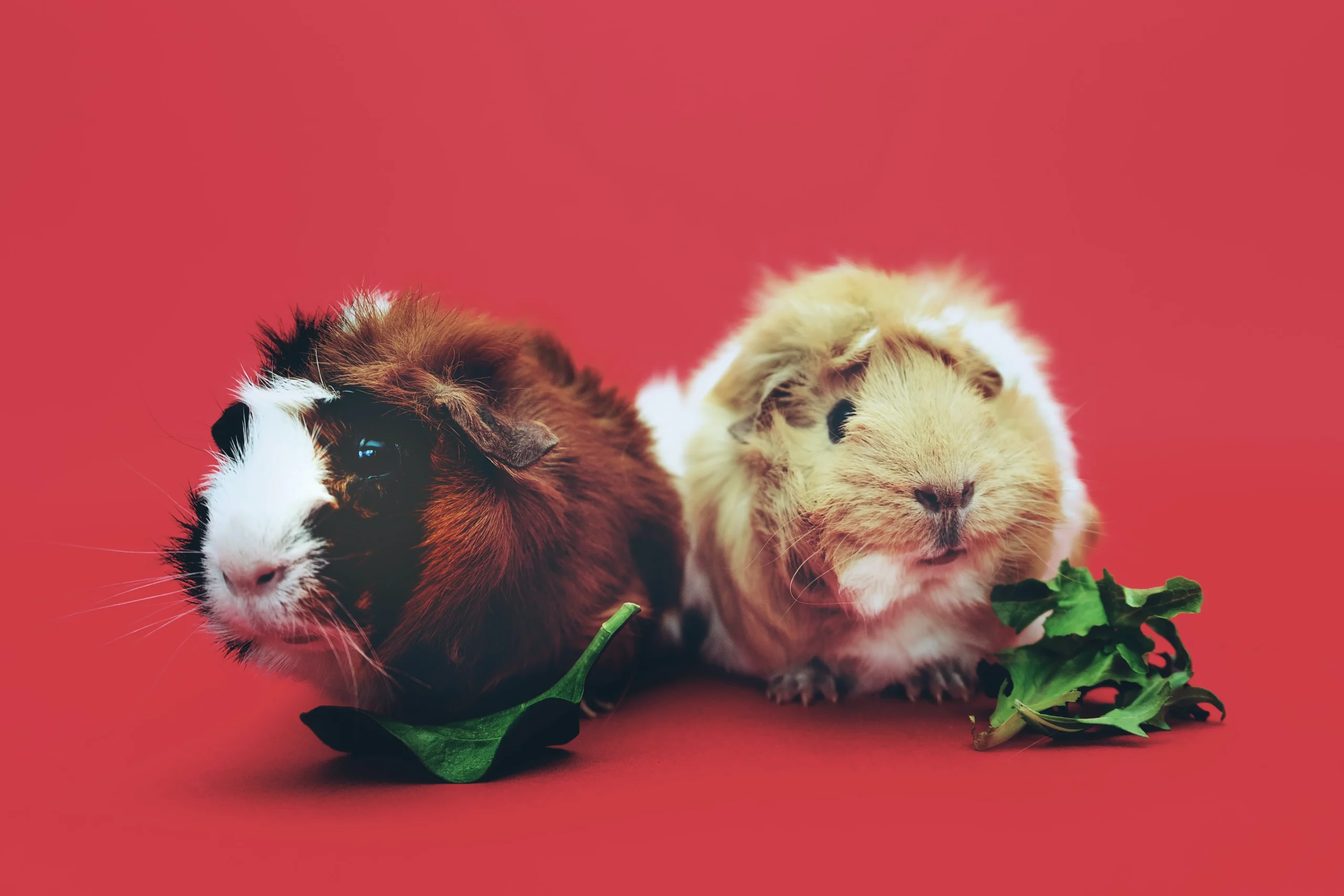
Despite their small size, guinea pigs have a robust and stocky build. Their bodies are round and plump, with relatively short legs and a distinctive facial appearance characterized by large, expressive eyes, small ears, and a blunt, wedge-shaped snout. The overall impression is one of adorable compactness, which contributes to their widespread appeal as pets.
In addition to their physical size, guinea pigs exhibit some natural size variations among individuals and breeds. While the general size range mentioned earlier applies to most guinea pigs, there are different breeds with slightly different characteristics. For example, the American guinea pig is known for its smooth, short coat and compact size, while the Abyssinian guinea pig has a more rosette-like coat and may appear slightly larger due to its fur.
Guinea pigs’ small size and gentle disposition make them an ideal choice for families, individuals, and even children looking for a pet that is easy to accommodate within a home or apartment setting. Their manageable size ensures that they do not require large living spaces and can be comfortably housed indoors, making them well-suited to urban or limited-space living situations.
Furthermore, their petite dimensions make them easy to handle and interact with, enhancing the bonding experience between owners and these endearing creatures. This size, combined with their charming personalities, has solidified guinea pigs’ status as beloved companions in the world of small pets.
Nutrition and Diets
Proper nutrition is a cornerstone of guinea pig care, as it directly impacts their health, vitality, and overall well-being. Guinea pigs (Cavia porcellus) are herbivorous rodents with unique dietary requirements. In this comprehensive guide, we will delve into the intricacies of their nutrition and diets to help you provide the best possible care for your furry companions.
1. The Importance of Proper Nutrition:
Before delving into the specifics of guinea pig diets, it’s crucial to understand why nutrition is so essential for these small rodents. Guinea pigs are not capable of synthesizing their own vitamin C, unlike humans and some other animals. Therefore, they rely entirely on their diet to meet this essential nutrient’s requirements.
Additionally, guinea pigs have a specialized digestive system designed for a diet rich in fiber. Their complex digestive tract depends on a constant influx of fiber to function optimally. A diet deficient in fiber can lead to digestive problems like bloat, constipation, and diarrhea.
2. Hay: The Foundation of the Diet:
The foundation of a guinea pig’s diet is high-quality grass hay. This includes varieties like timothy hay, orchard grass hay, and meadow hay. Hay is vital for several reasons:
- Fiber: Hay provides the bulk of dietary fiber necessary for proper digestion. It promotes healthy gut motility, preventing issues like gastrointestinal stasis.
- Dental Health: Chewing on hay helps wear down guinea pigs’ continuously growing teeth, preventing dental problems.
- Mental Stimulation: Hay provides mental stimulation and entertainment as guinea pigs forage through it.
Guinea pigs should have unlimited access to hay at all times. Make sure it is fresh, dry, and free from mold or dust. Offer it in a hay rack or a clean, dry area of their enclosure.
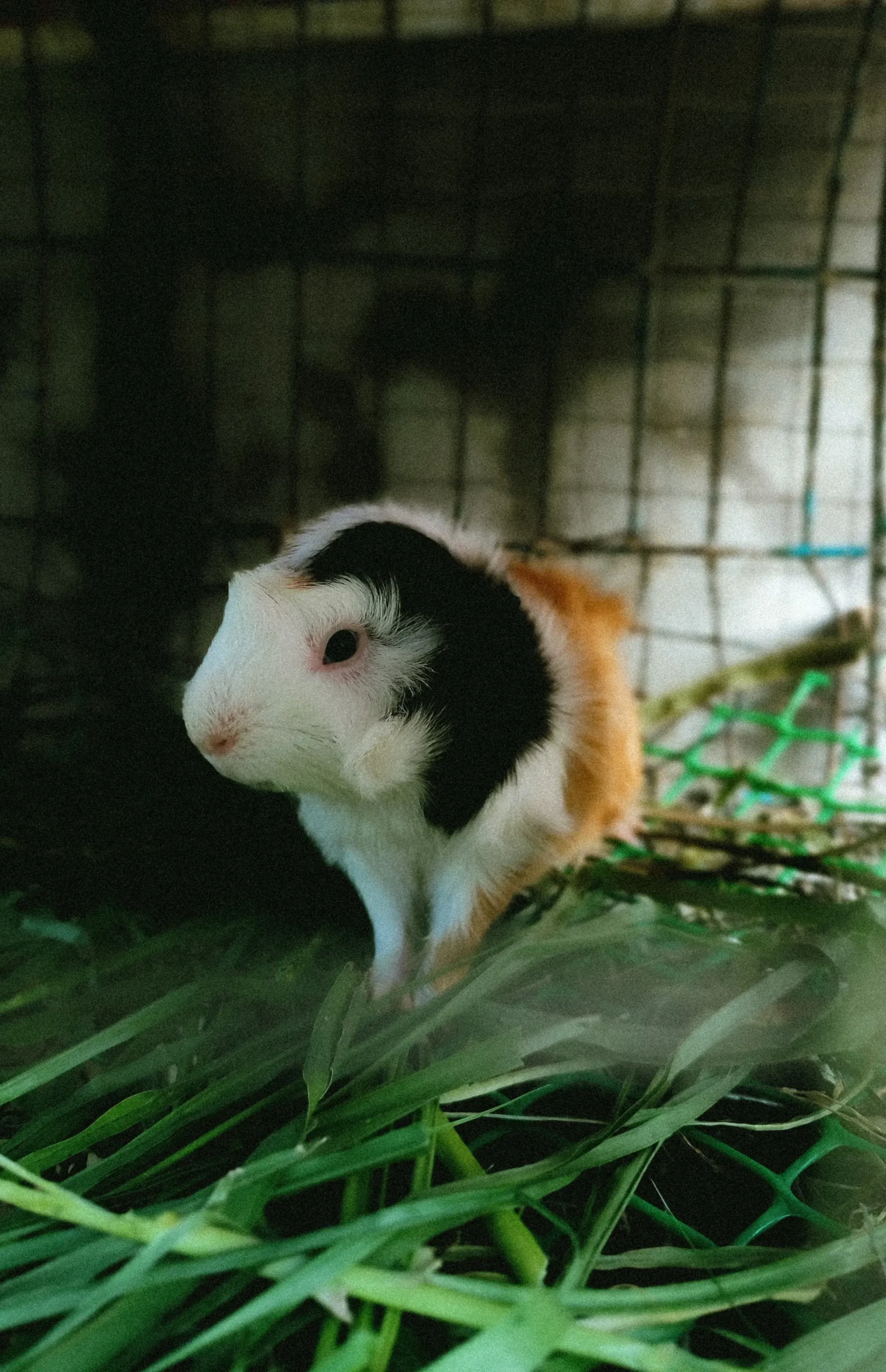
3. Fresh Vegetables:
In addition to hay, guinea pigs require a variety of fresh vegetables to meet their nutritional needs. These vegetables provide essential vitamins and minerals, including vitamin C, which is crucial for their health. Here are some suitable options:
- Leafy Greens: Romaine lettuce, red or green leaf lettuce, butterhead lettuce, and spinach are excellent choices. However, limit the amount of spinach due to its calcium content.
- Bell Peppers: Red, green, and yellow bell peppers are high in vitamin C and can be a favorite treat.
- Carrots: Carrots are a good source of vitamin A, but they should be fed in moderation due to their sugar content.
- Cucumber: Cucumber slices are hydrating and low in calories.
- Cilantro and Parsley: These herbs can be offered occasionally as a tasty addition.
Introduce vegetables gradually into your guinea pig’s diet to prevent digestive upset. Ensure that they are fresh, washed thoroughly, and cut into bite-sized pieces. Rotate the types of vegetables you offer to provide variety and a broader spectrum of nutrients.
4. Pellets:
Guinea pig pellets are formulated commercial diets that provide essential nutrients in a concentrated form. Look for high-quality guinea pig pellets made specifically for their species. These pellets should be fresh and free from any signs of spoilage or contamination.
However, pellets should not be the primary component of your guinea pig’s diet. They should serve as a supplement to hay and fresh vegetables. Feed pellets in moderation to prevent obesity and other health issues. Follow the manufacturer’s recommendations for serving size based on your guinea pig’s age and weight.
5. Fresh Water:
Access to clean, fresh water is critical for guinea pigs. Provide water in a sipper bottle or a heavy, non-tip water bowl. Check the water supply daily to ensure it is not contaminated or empty. Guinea pigs can be surprisingly thirsty creatures, so maintaining hydration is crucial.
6. Vitamin C Requirements:
As mentioned earlier, guinea pigs cannot synthesize their own vitamin C, so it must be provided through their diet. While fresh vegetables can contribute to their vitamin C intake, it’s essential to ensure they receive an adequate amount.
Offering vitamin C-rich foods as part of their daily diet is crucial. Fresh fruits like oranges, kiwi, strawberries, and bell peppers are excellent choices. Alternatively, you can provide vitamin C supplements, but it’s generally preferable to obtain this nutrient through natural food sources whenever possible.
7. Foods to Avoid:
Guinea pigs are sensitive to certain foods that can be harmful to their health. Avoid feeding them the following items:
- High-Calcium Vegetables: Some vegetables, such as parsley and spinach, are high in calcium and can contribute to the formation of urinary stones.
- Fruit Seeds and Pits: Remove seeds and pits from fruits, as they can be a choking hazard.
- Sugary or Starchy Foods: Limit sugary and starchy foods like candy, cookies, and bread. Guinea pigs are prone to obesity and should not consume excessive sugar or carbohydrates.
- Onions and Garlic: These can be toxic to guinea pigs and should be avoided entirely.
- Chocolate and Caffeine: Keep chocolate and caffeine-containing foods and beverages far away from your guinea pig, as they are highly toxic.
8. Dietary Changes and Adjustments:
Guinea pig dietary needs can vary based on factors such as age, activity level, and health status. Pregnant or nursing sows, for example, may require additional nutrients. If your guinea pig has specific health issues or dietary restrictions, consult with a veterinarian who specializes in exotic pets for tailored dietary guidance.
It’s also essential to monitor your guinea pig’s weight and overall health regularly. Sudden weight loss or changes in eating habits can be early signs of health problems that require attention.
Training and Intelligence
Guinea pigs, also known as cavies, are social and intelligent rodents that can be trained to some extent, although their abilities differ from more trainable animals like dogs or even certain bird species. While guinea pigs may not perform complex tricks, they can learn behaviors and routines through positive reinforcement.
Here are some essential points to consider when training guinea pigs:
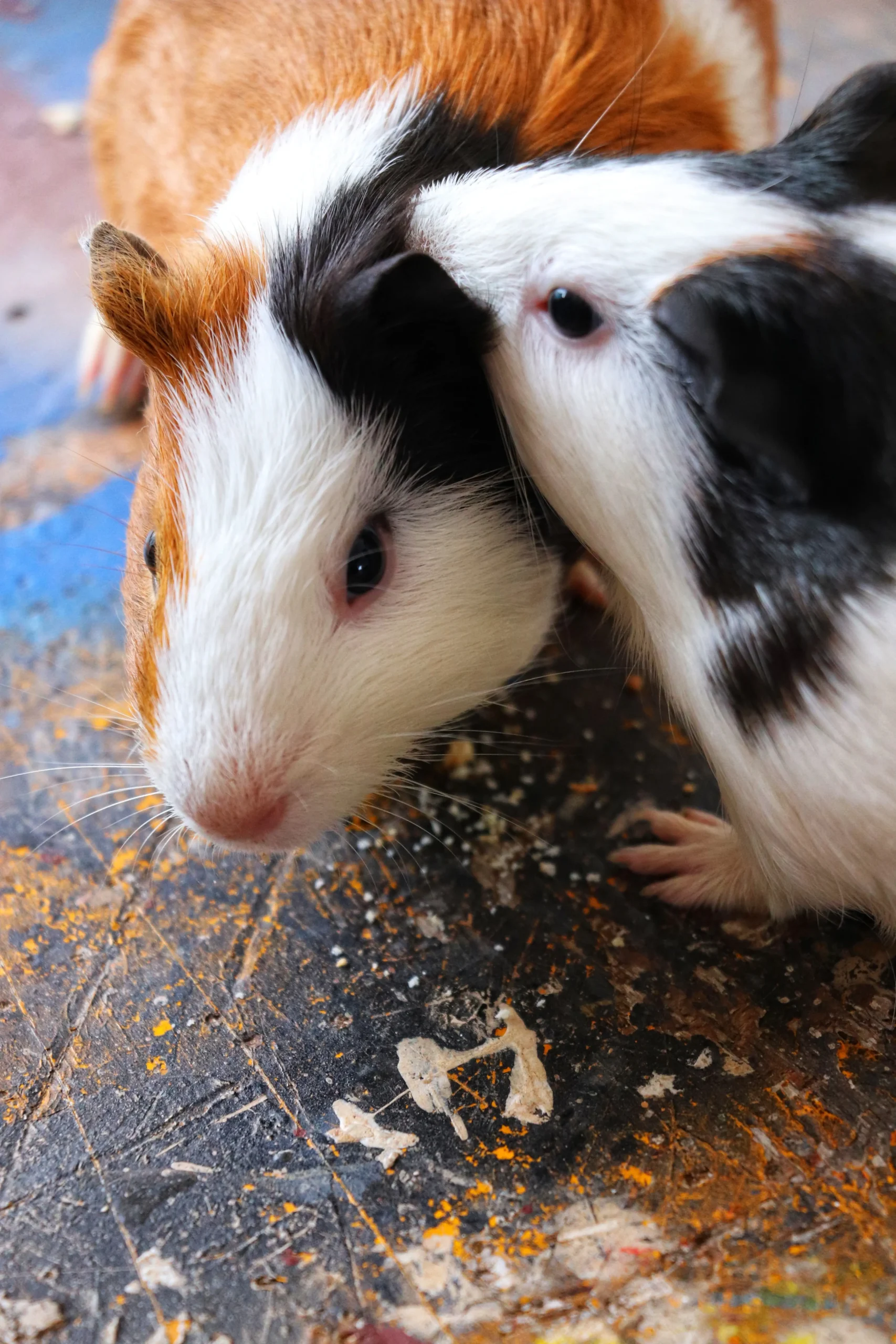
- Positive Reinforcement: Guinea pigs respond well to positive reinforcement, such as treats or praise. Use these rewards to encourage desired behaviors.
- Patience: Guinea pigs may take time to learn new commands or behaviors, so be patient and consistent in your training efforts.
- Short Sessions: Keep training sessions short and frequent. Guinea pigs have short attention spans, so 5-10 minute sessions a few times a day work best.
- Quiet Environment: Choose a quiet and comfortable training environment to minimize distractions and help your guinea pig focus.
- Basic Commands: Start with basic commands like “come” or “step up” and gradually move on to more complex tricks or behaviors.
- Gentle Handling: Handle your guinea pig gently and with care. Positive interactions outside of training sessions can build trust.
- Socialization: Regularly interact with your guinea pig to keep them social and friendly. This can also aid in training.
- Clicker Training: Consider using a clicker to mark desired behaviors, making it easier for your guinea pig to understand what you want.
- Consistency: Be consistent in your commands and rewards. Use the same words and gestures for specific actions.
- Safety: Always ensure your guinea pig’s safety during training, and never force them into uncomfortable situations.
- Health and Well-being: Prioritize your guinea pig’s health and well-being. A healthy and happy guinea pig is more likely to respond positively to training.
Intelligence of Guinea Pigs:
Guinea pigs are social and curious animals, displaying a level of intelligence that is well-suited to their natural behaviors and needs. Understanding their intelligence can help you appreciate their unique capabilities as pets:
- Start with Bonding: Before diving into training, it’s crucial to establish a bond with your guinea pig. Spend time with them regularly, hand-feed them treats like fresh vegetables, and speak to them in a gentle and reassuring tone. This helps build trust and makes them more receptive to training.
- Use Positive Reinforcement: Guinea pigs respond best to positive reinforcement, which involves rewarding them for desired behaviors with treats, praise, or affection. Offer small pieces of their favorite snacks as rewards to motivate them.
- Keep Sessions Short: Guinea pigs have short attention spans, so keep training sessions brief, typically around 5-10 minutes at a time. Consistency is more important than the length of each session.
- Basic Commands: While guinea pigs may not learn intricate tricks, they can grasp basic commands. For example, you can teach them to come when called by consistently using a particular sound or phrase before offering a treat.
- Litter Training: Some guinea pigs can be trained to use a designated area for urination and defecation, such as a small litter box filled with bedding. Be patient and provide positive reinforcement when they use the correct spot..

- Social Intelligence: Guinea pigs are highly social animals that thrive on interaction with their owners and cage mates. They have the ability to recognize individual humans and form strong bonds with them. They communicate through a range of vocalizations, including chirps, squeaks, and purrs, indicating their emotional states and needs.
- Problem-Solving Skills: While not as adept at complex problem-solving as some other animals, guinea pigs do exhibit basic problem-solving skills. They can figure out how to access food or navigate simple obstacles in their environment. Providing toys and puzzles in their cage can stimulate their mental abilities.
- Learning Through Observation: Guinea pigs are capable of learning from the actions of other guinea pigs in their group. If one guinea pig discovers a food source or learns a new behavior, others may observe and mimic it.
- Emotional Intelligence: Guinea pigs display emotional intelligence by responding to the moods and behaviors of their human caregivers. They can sense when their owners are happy, sad, or stressed and may adjust their own behavior accordingly. This emotional sensitivity contributes to their role as empathetic and comforting companions.
- Memory: Guinea pigs have a reasonable memory and can remember routines, such as meal times and playtime. They can also recognize their owners and remember their scent and voice.
- Exploration and Curiosity: Guinea pigs are naturally curious creatures. Their intelligence is evident when they explore new objects or areas with cautious curiosity. Providing them with novel items to investigate and a variety of textures to walk on can engage their inquisitive minds.
Health and Lifespan
Health of Guinea Pigs:
Guinea pigs are delightful and endearing pets, but like all animals, they require careful attention to their health to ensure a long and happy life. Here, we’ll explore the key aspects of guinea pig health, including common health concerns and how to maintain their well-being.
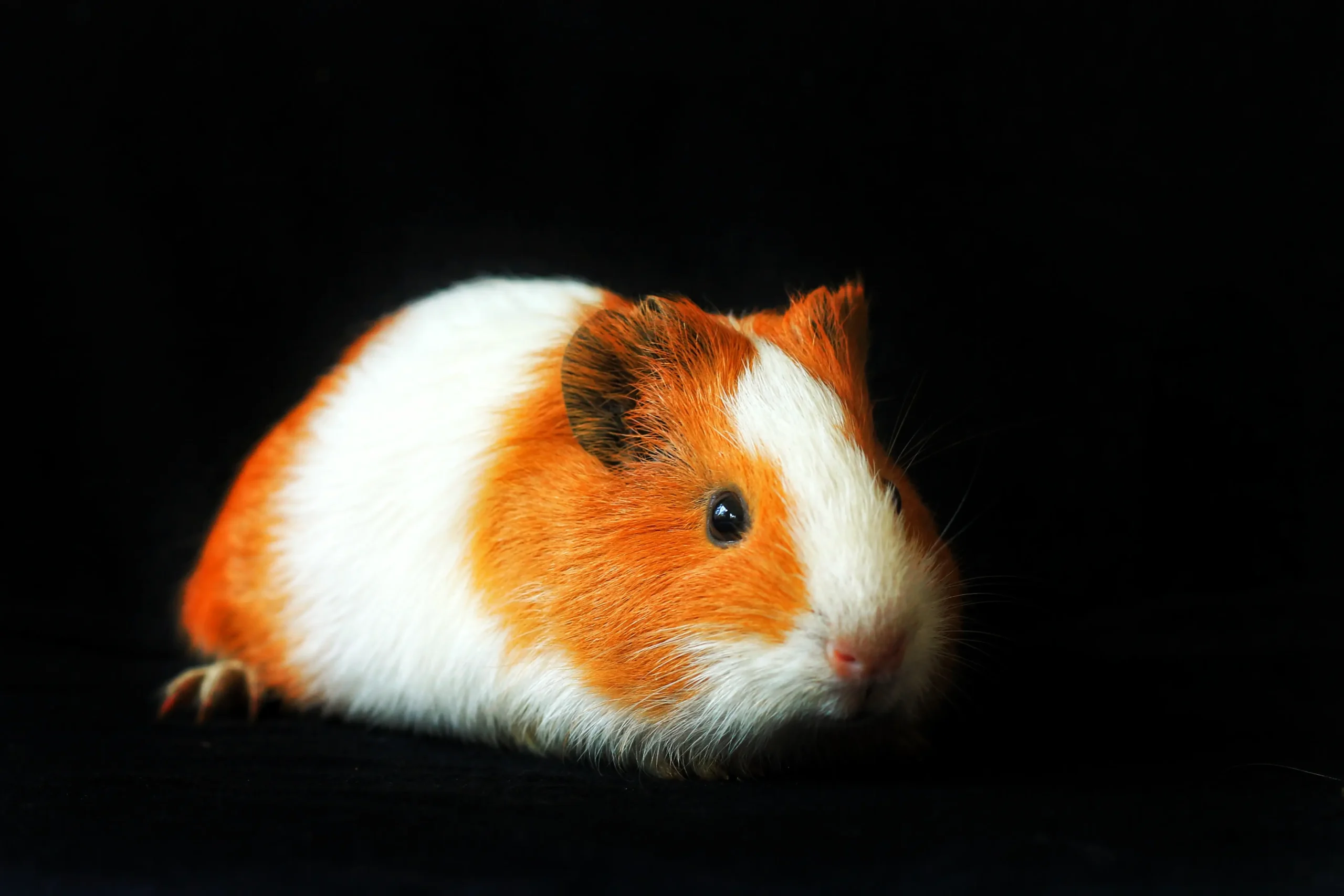
1. Preventive Care: Preventive care is the foundation of guinea pig health. Regular veterinary check-ups are essential, especially for young, elderly, or pregnant guinea pigs. A qualified exotic animal veterinarian can provide guidance on proper care and detect health issues early.
2. Diet and Nutrition: A proper diet is crucial for guinea pig health. Guinea pigs are herbivores, and their diet should consist mainly of high-quality hay, fresh vegetables, and a limited amount of pellets. Vitamin C is vital for guinea pigs, as they cannot produce it themselves, so it should be included in their diet through fresh fruits or supplements.
3. Dental Care: Guinea pigs’ teeth grow continuously, and dental problems can arise if they don’t wear them down naturally. Providing hay and appropriate chew toys can help keep their teeth in good condition. Regularly check for signs of dental issues, such as overgrown teeth, drooling, or difficulty eating.
4. Obesity and Exercise: Obesity is a common health concern for guinea pigs. It can lead to various health problems, including heart disease and diabetes. Ensure your guinea pig has enough space to exercise and encourage physical activity through toys and playtime outside their cage.
5. Skin and Fur Care: Check your guinea pig’s skin and fur regularly for signs of mites, lice, or fungal infections. Pay attention to fur loss, itching, or redness. Keep their living environment clean to prevent infestations.
6. Respiratory Health: Guinea pigs are susceptible to respiratory infections, so it’s essential to maintain a clean and well-ventilated living space. Avoid exposure to drafts and tobacco smoke, which can exacerbate respiratory issues.
7. Social Interaction: Guinea pigs are social animals and can become stressed or depressed when kept alone. Consider adopting a pair or small group to provide companionship. Ensure they have a spacious and enriching environment to stimulate mental and emotional well-being.
8. Recognizing Signs of Illness: Knowing the signs of illness in guinea pigs is crucial for timely intervention. Common signs of illness include lethargy, loss of appetite, weight loss, discharge from the eyes or nose, labored breathing, and changes in behavior. If you notice any of these signs, consult a veterinarian promptly.
9. Parasite Prevention: External parasites like mites and lice can affect guinea pigs. Regularly inspect your pets and their living quarters for signs of infestation, such as itching or visible pests. Consult a vet for appropriate treatment.
10. Veterinary Care: Establish a relationship with an experienced veterinarian who specializes in exotic pets, particularly guinea pigs. Regular check-ups and prompt treatment of health issues are essential for maintaining your guinea pig’s health.
Lifespan of Guinea Pigs:
Guinea pigs have a relatively moderate lifespan compared to some other small pets. Understanding their typical lifespan and the factors that influence it is essential for responsible pet ownership.
1. Average Lifespan: The average lifespan of a guinea pig ranges from 5 to 7 years. However, some guinea pigs may live longer, with some reaching 8 years or more. The lifespan can vary depending on genetics, diet, living conditions, and overall care.
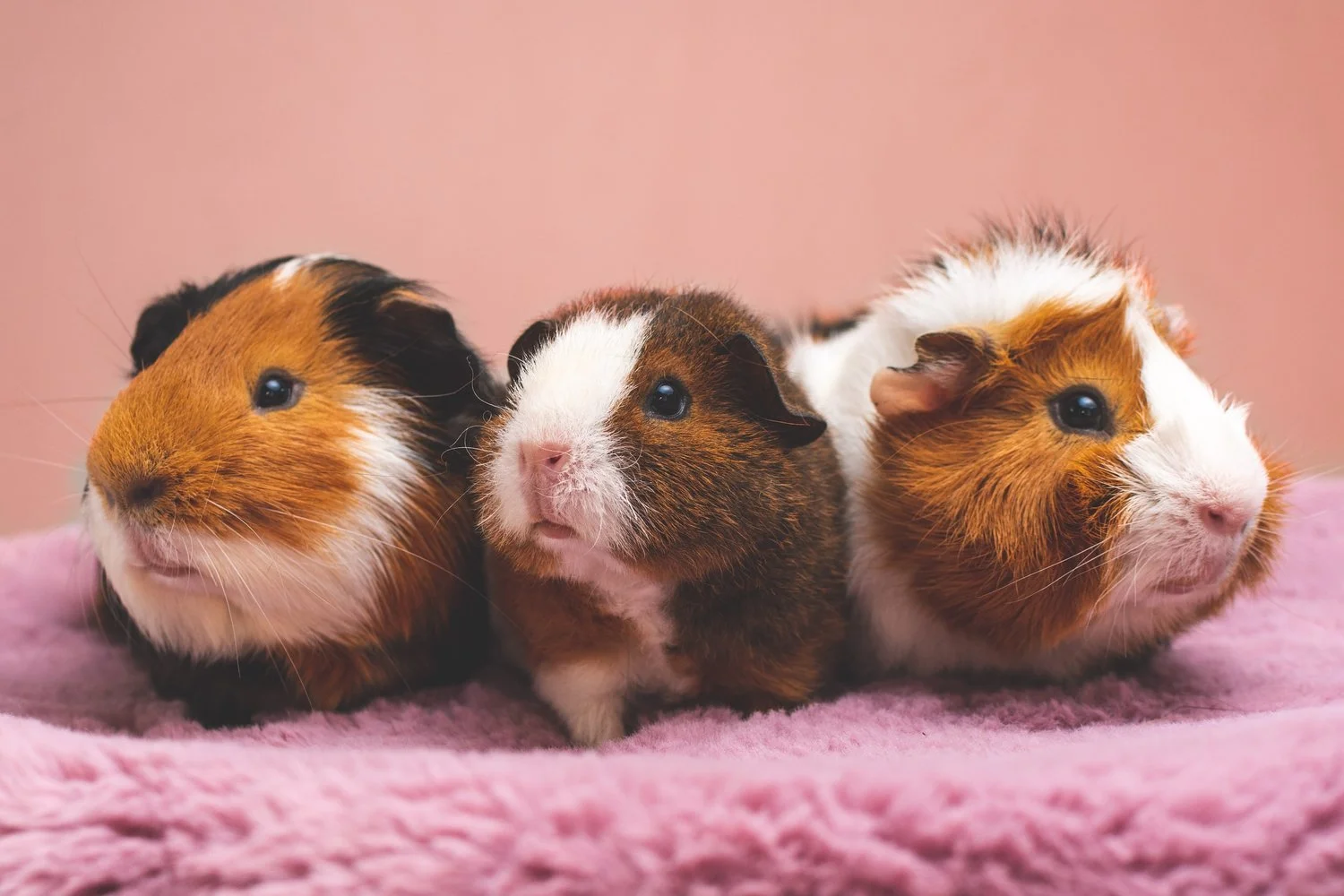
2. Genetics: Genetics play a significant role in determining a guinea pig’s lifespan. Some breeds and individual guinea pigs may have predispositions to certain health issues, while others may be more robust. Responsible breeding practices can help produce healthier guinea pigs.
3. Diet and Nutrition: A well-balanced diet is essential for guinea pig longevity. Providing fresh vegetables, high-quality hay, and the right pellets, along with adequate vitamin C, can contribute to a longer and healthier life. Avoid overfeeding or feeding foods that are harmful to guinea pigs.
4. Housing and Environment: The living conditions of guinea pigs impact their lifespan. They should be kept in a clean, spacious, and well-ventilated cage or enclosure. Avoid extreme temperature fluctuations and drafts, which can stress the animals and contribute to health issues.
5. Preventive Care: Regular veterinary check-ups and preventive care are crucial for extending a guinea pig’s lifespan. Early detection and treatment of health issues can make a significant difference in their overall well-being.
6. Social Interaction: Guinea pigs are social animals, and companionship is vital for their emotional health. Pairing them with at least one compatible cage mate can provide social stimulation and improve their quality of life.
7. Exercise and Mental Stimulation: Guinea pigs need opportunities for exercise and mental stimulation. Providing toys, tunnels, and supervised playtime outside the cage can keep them active and engaged, contributing to a longer and healthier life.
Conclusion
In conclusion, Guinea Pigs have a rich history, a petite and charming size, specific dietary requirements, and a level of intelligence that, while not on par with highly trainable animals, allows them to form bonds with their caregivers. Ensuring their health and well-being involves providing the right nutrition, a suitable environment, and regular veterinary care. These small rodents have come a long way from their origins in South America and continue to be cherished pets in households worldwide.


